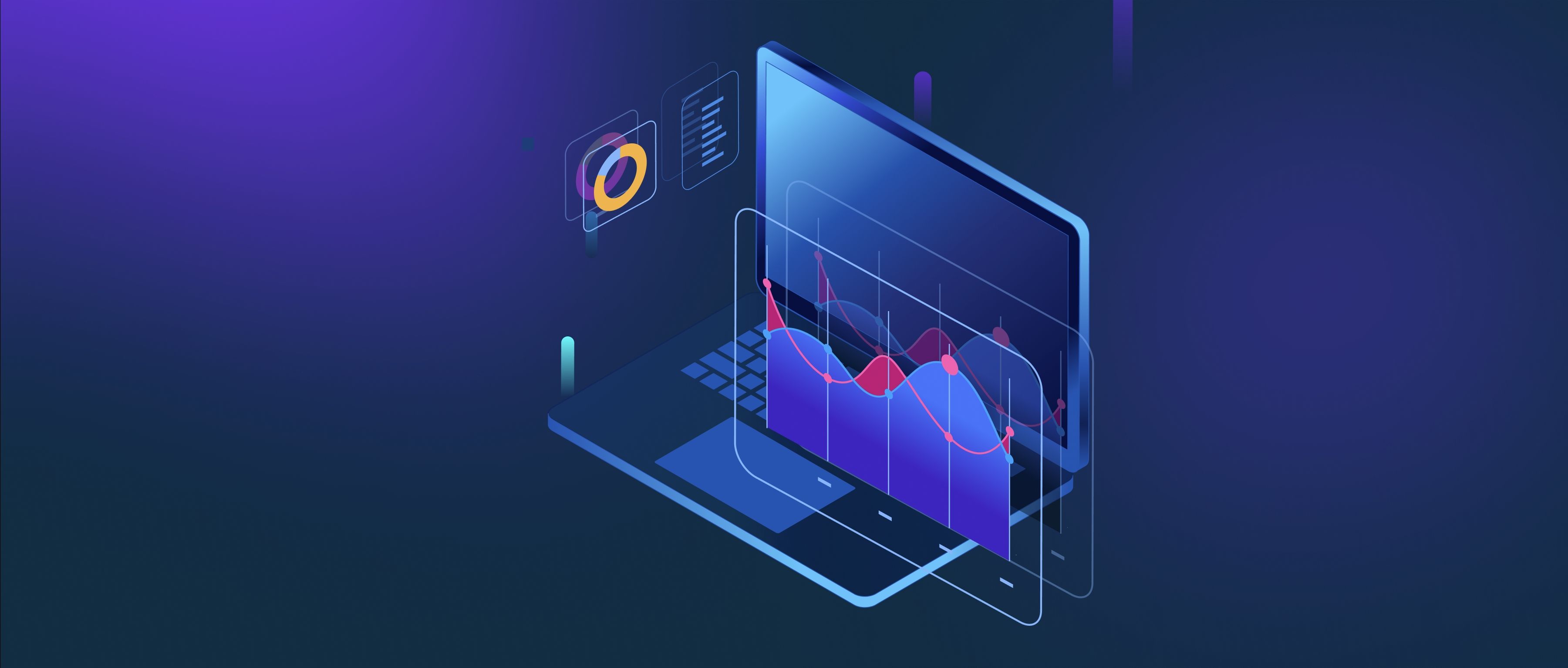Voice timbre in text-to-speech (TTS) systems is modeled by capturing the unique acoustic characteristics of a speaker’s voice, such as spectral qualities, pitch contour, and resonance. Modern neural TTS systems, like Tacotron 2 or WaveNet, achieve this by training on large datasets of speech recordings from a target speaker. During training, the model learns to associate linguistic features (text input) with the corresponding audio waveforms, including the subtle patterns that define timbre. This is often done using a combination of encoder-decoder architectures and attention mechanisms to align text with acoustic features. For example, a model might learn to reproduce the breathiness or warmth of a specific speaker’s voice by analyzing how these traits correlate with phonemes and prosody in the training data.
A common technique involves speaker embeddings or voice identity vectors, which are low-dimensional representations of a speaker’s timbre. These embeddings are either extracted from reference audio (in zero-shot systems) or learned during training (in multi-speaker models). For instance, a system like VITS (Variational Inference with adversarial learning for TTS) might use a speaker embedding layer that conditions the model to generate speech in a specific voice. When generating speech, the embedding is combined with linguistic features to produce output that matches the target timbre. In some cases, transfer learning is used: a base model trained on many speakers is fine-tuned on a smaller dataset of a target speaker, allowing it to adapt to their unique timbre without requiring massive amounts of data.
Challenges in modeling timbre include capturing subtle variations (e.g., emotional inflections) and avoiding overfitting to training data. Solutions like style tokens (used in Google’s Tacotron) or prosody transfer techniques help decouple timbre from other speech attributes. For example, a system might separate speaker identity from prosody by using disentangled latent spaces, allowing independent control over timbre and intonation. Real-world applications include voice cloning tools, where a user provides a short audio sample to extract a speaker embedding, which is then used to synthesize new speech in that voice. However, limitations remain, such as the need for high-quality training data and computational costs for real-time synthesis.
